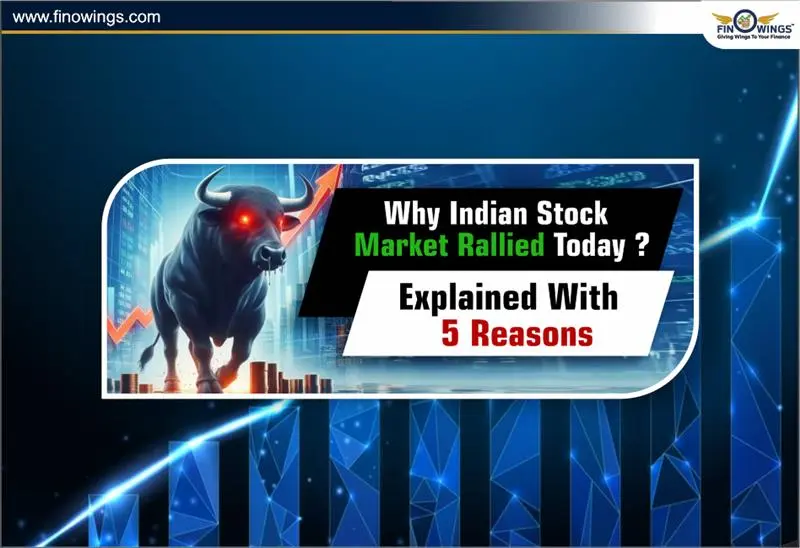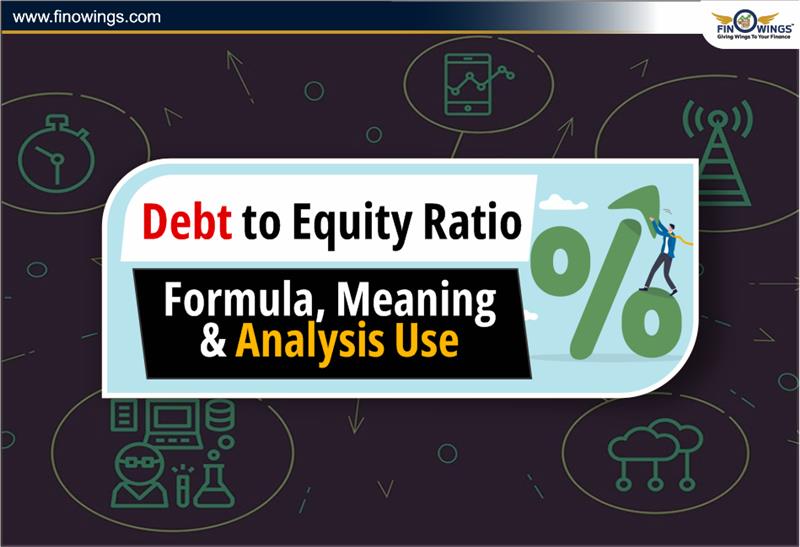Home >> Blog >> How to Earn Profit in False Breakout | Best Trading Strategy
How to Earn Profit in False Breakout | Best Trading Strategy

Table of Contents
Introduction
Sometimes it happens that a breakout is occurring, and you decide to buy, but then the market reverses, leading to a loss. This doesn’t happen just once but multiple times, and it’s not just your problem; almost all traders face this issue.
So, is there no solution to this?
Of course, there is a solution, and I’m here to give it to you. You have come to the right place because now you won’t keep losing money repeatedly in false breakouts. Instead, you will make money from them.
In this blog, I will provide you with a super successful swing strategy that will allow you and your friends to profit from false breakouts. This strategy is based on price action, and I will teach you how to apply it by reading charts.
So, let’s move forward and discuss how to trade on false breakouts and what the strategy is. But before that, let me explain what breakout and breakdown are. Then I will explain what false breakout and breakdown are, so you can easily apply the strategy and trade effectively.
What are Breakouts and Breakdowns?
In trading, a breakout happens when the price of a stock or asset moves abovesignificant level, like resistance point. It is a signal that the trend might continue strongly in that direction and it called breakout. See the chart below…
This is the chart of Mazdock that you see above. In this, the share was under resistance for quite some time, and then there was a breakout followed by a good move.
Breakdown happens when the price of a stock or asset moves below significant level, like support point. It is a signal that the trend might continue strongly in that direction and it called Breakdown. See the chart below
This is the Reliance chart above, where the support level was broken to the downside, leading to a downward move.
Understanding False Breakouts and Breakdowns
This is exactly when a breakout or breakdown is happening but then fails.
False breakouts& breakdowns occur when the price briefly moves beyond these levels but then quickly reverses back. This can lead traders to buy or sell based on the breakout& breakdowns, only to find the market moving against them shortly afterward. See the chart below…
And
So, I hope you now understand false breakouts and breakdowns.
The False Breakout Strategy
Now it's time to provide you with a strategy that can help you make good profits. This strategy is called the ‘False Breakout Strategy.’
Here are all Steps to Implement the False Breakout Strategy.
a. Timeframe: We will open the stock chart in the daily timeframe because this is a swing strategy.
b. Identify an Uptrend: The stock or index we are going to trade should be in an uptrend, meaning it should be making higher highs. See the chart.
c. Retest after Breakout: The stock should retest the resistance level after breaking out. See the chart...
At the retest point, the resistance has now become support because, after breaking it, the price is retesting the same level. So, when the price moves in the opposite direction after this point, it is called a false breakout or breakdown.
d. Confirm the False Breakout: When the price breaks below the support level and the candle closes below it, this is called a false breakout/breakdown. See the chart...
e. Determine Entry Points: When the candle closes below the support level and the next candle comes back up and closes above the support, you will take an entry after the high of this candle is broken.
f. Set Stop-Loss Levels: We will place our stop-loss at the low of the candle that breaks and closes above the level.
g. Define Profit Targets: We always aim for a 1:2 risk-reward ratio. This means if our stop-loss is Rs. 50, we can set a target of Rs. 100. Alternatively, we can target the next resistance level.
Now you must have understood the strategy properly, so let me demonstrate it by applying it to a stock so you can understand it better and confidently earn profits of 8% to 10% with this swing strategy.
Example: Applying the Strategy
Let's take the example of Reliance. Look at the chart provided below...
This chart is a daily timeframe chart. In this chart, the price was in an uptrend and then formed a resistance level, which it broke out of. Finally, as you can see, the price is now retesting that same resistance-turned-support level, which it successfully broke and closed above on the last candle.
Now, next...
Now, look at this chart again. The next candle, indicated by the arrow, has closed above the level once more, as taught in the strategy. So, our entry will be above the high of this candle, and our stop-loss will be placed below its low.
Next step is the entry...
Now, look at this chart and focus on the last candle. This candle, marked by the arrow, has closed above the high of the breakout candle. So, we will enter here, and the low of the breakout candle will be our stop-loss.
Now, the last step is determining where our target will be. We are targeting the next resistance because it is nearby and easily achievable. Let's look at the next chart...
To apply this simple price action false breakout strategy effectively, which I have explained to you in a very easy manner, it's also important to know when to avoid using it to prevent potential losses.
When Not to Use This Strategy
Avoid applying this swing strategy when...
1. The market is driven by news and could potentially go down, so do not apply this strategy.
2. If there are upcoming results for a particular stock.
3. If the stop-loss represents a loss of 8-10% of your capital.
Detailed Video
Additional Tips for Successful Trading
So these are some points to keep in mind.
Another important point is not to trade options using this strategy. If you are familiar with option strategies, you can apply them with this strategy.
Conclusion
Traders must have enjoyed today's strategy. If I summarize it, I would say…
• Look for an up-trending stock.
• Wait for a breakdown in that trend.
• Buy when the breakout fails and the price closes above the level.
• Enter after the high of that candle breaks.
• Place stop-loss below the low of the breakout candle.
Now that you have learned it, practice applying it on some charts before moving on to real trades.
Remember, becoming a good trader takes time, but with dedication, nothing can stop you from becoming a profitable trader. Your hard work today can bring you consistent profits and change your life. Start practicing from tomorrow.
Further Learning and Resources
One more thing, it's my job to teach you such good strategies and topics to help you become a better trader. I have also created several blogs and an academy where you can learn technical analysis thoroughly. Click here to read more.
And watch the video for this strategy by clicking here.
Thank you, and happy trading.
Frequently Asked Questions
A false breakout occurs when the price of a stock or asset moves beyond a significant level (resistance or support) but then quickly reverses direction, failing to maintain the breakout.
Identify a false breakout by observing if the price briefly breaks a significant level and then reverses direction, closing back within the original range. Confirm it with the next candle's movement.
The daily timeframe is recommended for trading false breakouts in a swing trading strategy, as it provides a clearer view of significant price movements and levels.
Key steps include:
- Identifying an uptrend.
- Observing a retest after a breakout.
- Confirming the false breakout.
- Determining entry points.
- Setting stop-loss levels.
- Defining profit targets.
Avoid using this strategy when:
- The market is influenced by significant news events.
- There are upcoming earnings results for the stock.
- The stop-loss would result in a loss of 8-10% of your capital.



















